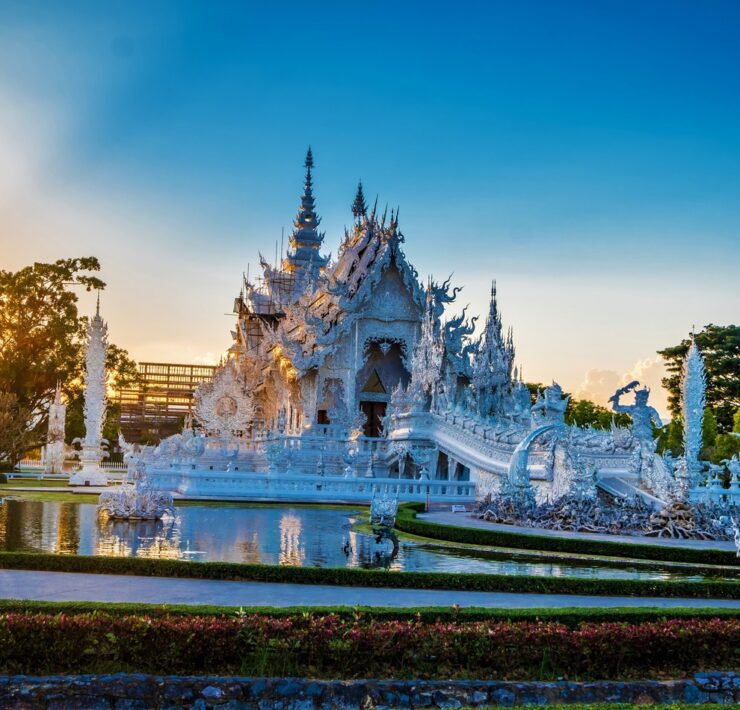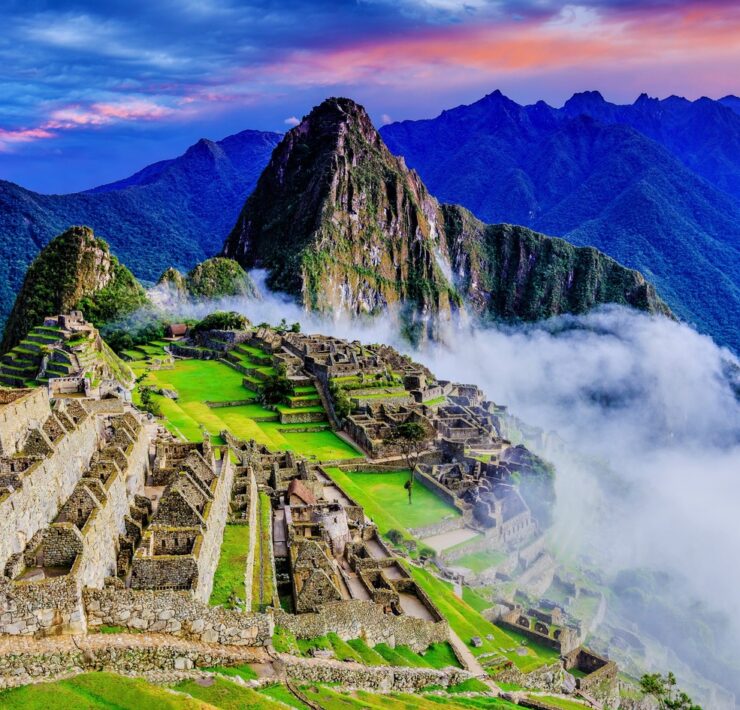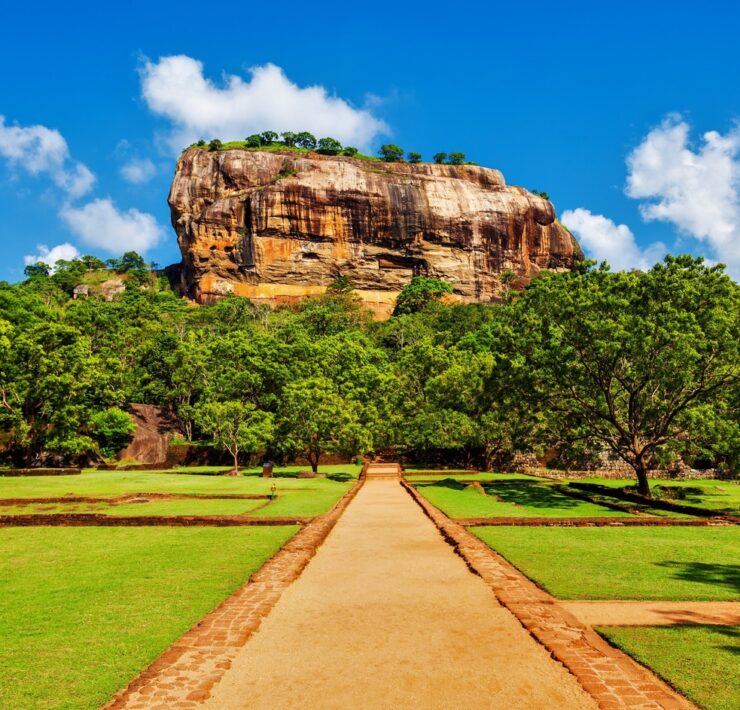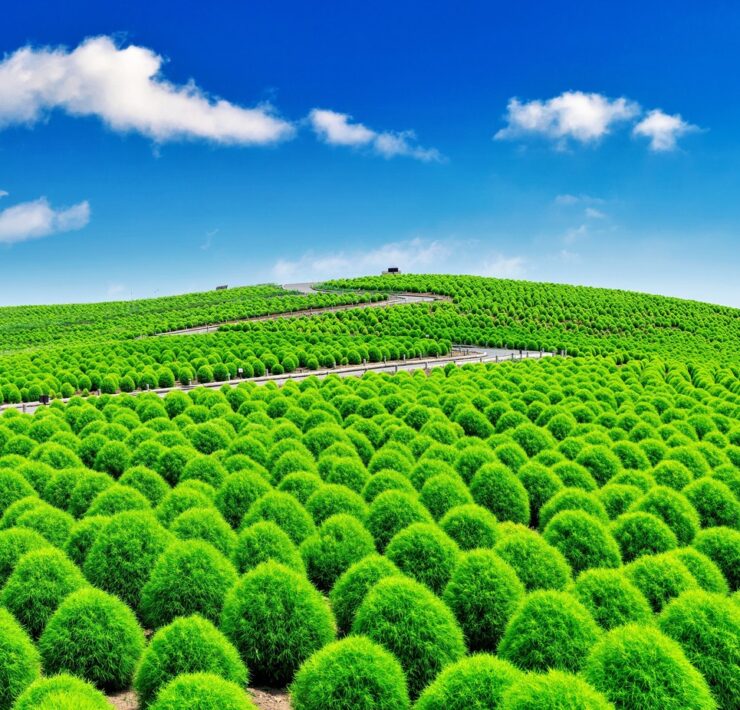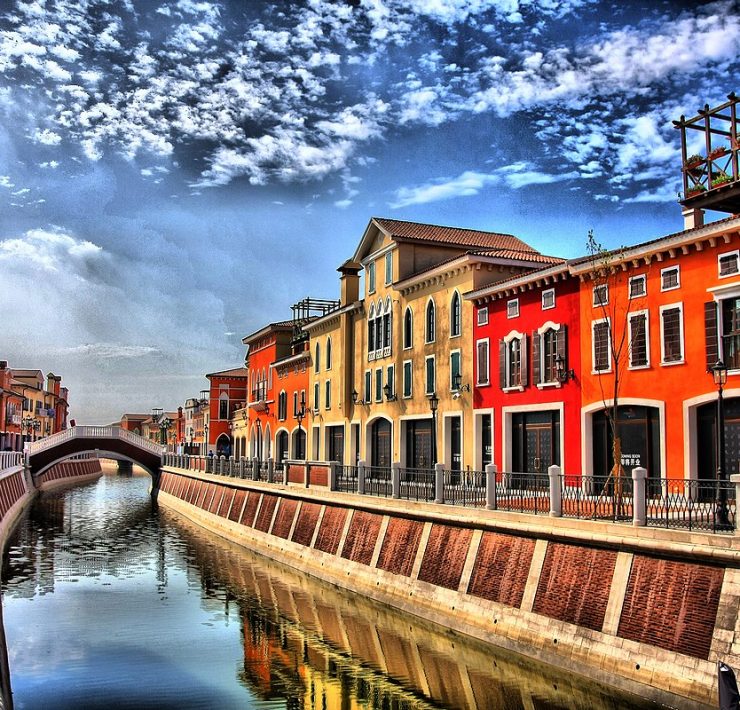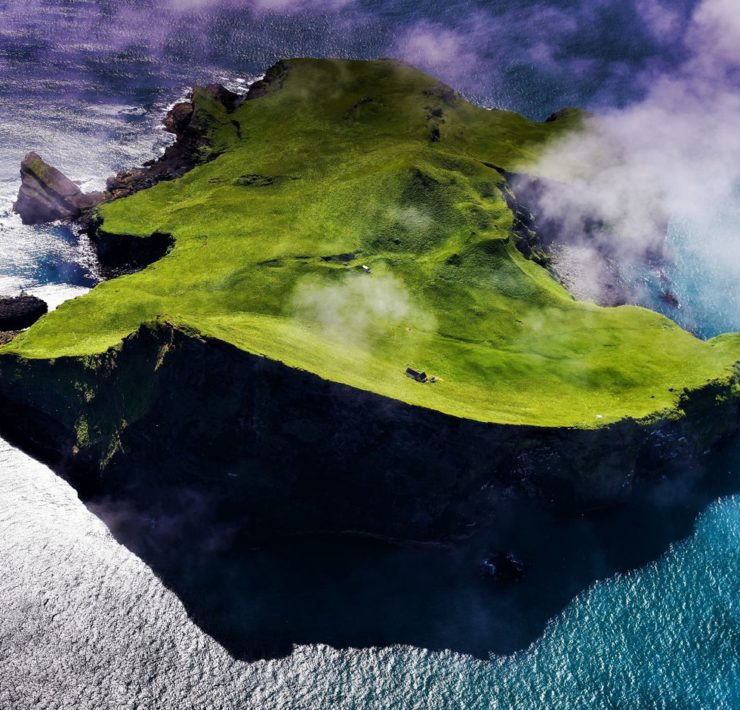Do you have any idea of how deep the world’s deepest hole is? Most likely not. The deepest hole in the world is the Kola Superdeep Borehole, which is estimated at 40,230 ft (12,232 meters) deep into the earth’s crust. This hole on the Kola Peninsula is the outcome of a scientific drilling project carried out by the defunct Soviet Union, aimed at drilling to the greatest achievable depth into the earth’s crust. The drilling helped to shed light on some topics that had hitherto been shrouded in mystery.
The Kola Superdeep Borehole is considered a product of the Cold War between the former Soviet Union and the United States. Back in 1957, America had embarked on a project called Project Mohole aimed at drilling through the shallow crust below the Pacific Ocean, off the coast of Mexico. But the drilling project was abandoned halfway in 1966 due to lack of funding. Seeing the failure of its bitter rival, the Soviet Union was determined to succeed where the US had falter by drilling to the core of the earth’s crust, or as close as possible.
Drilling of the Kola Superdeep Borehole
Drilling began in 1970 with the target depth set at 15,000 meters, or 49,000 ft. The target was deemed achievable by 1993. The drilling of the Kola Superdeep Borehole commenced with an Uralmash-4E drilling rig before graduating to the Uralmash-15000 series rig. By June 1979, the world-record depth level of 9,583 meters (31,440 ft) which was associated to the Bertha Rogers hole in Oklahoma, US had been surpassed. There was a one-year hiatus in drilling activity after the 12,000-meter mark was breached in 1983. But the researchers were not able to add more than 262 meters before the project was stopped in 1994.
A very high temperature level of 356 degrees Fahrenheit was experienced at the maximum depth — a level way higher that the 212 degrees Fahrenheit that had been predicted. The high temperature levels at the depths made it impossible for the drill bit to function long enough to reach the previously-set target. But it was not until 2005 before the project was officially shut down.
Findings from the Drilling
The drilling of the Kola Superdeep Borehole helped to shed light on several topics that had not gone beyond the level of theories before drilling commenced. Among the findings from this scientific research is the lack of transition from granite to basalt at about 6-7 km below the surface of the earth. Before then, scientists had found out a discontinuity was present at this depth based on information obtained through seismic waves. They assumed the discontinuity was as a result of transition in rock types. But this drilling research disproved that assumption. It was discovered that the discontinuity was as a result of a metamorphic transformation in granite at the depth and not because of a change in the type of the rock present.
Large amount of hydrogen was also surprisingly discovered by the drillers, and the quantity was way beyond what could have been expected at the depth. In addition, free water was unexpectedly found and this is believed to have been formed from a combination of hydrogen and oxygen atoms from the surrounding rock. The impermeability of the layer of rock above made it impossible for the water to come to the surface.
There were some other findings made in the drilling of the Kola Superdeep Borehole, including the surprising discovery of microscopic plankton fossils in rocks whose ages are put at more than two billion years.
You can join the numerous people paying visits to the site of this impressive scientific drilling project. The only thing is that you should not expect to be able to look into this bottomless hole, as its top has been welded shut with strong metal. But you can check rock samples extracted from the hole at the Kola Core Repository in Zapolyarny.
When On Earth Magazine is for people who love travel. We provide informative travel guides, tips, ideas and advice regarding places to see, things to do, what to taste, and much more for world travelers seeking their next dream vacation destination.

